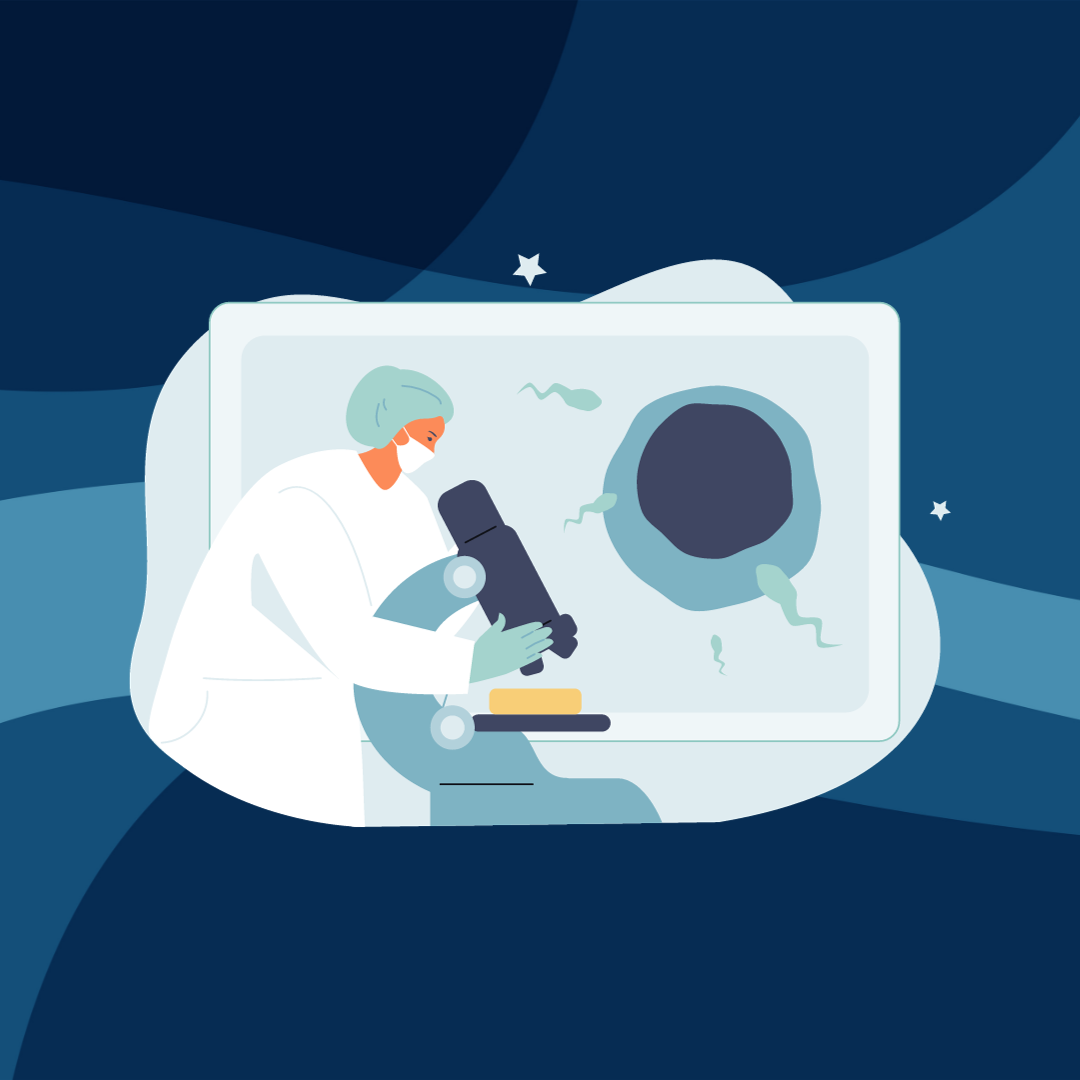Hong Kong's IVF Rules Send People Into Black Market for Eggs, Embryos
By Kristine Servando,
Bloomberg
| 12. 05. 2024
(Bloomberg) — A woman in Hong Kong had to travel to two different countries to attempt conceiving a baby on her own. A gay couple in the city resorted to even bigger extremes: Banned from surrogacy, they turned to the black market in mainland China to have their first child.
At a time Hong Kong is trying to reverse one of the world’s lowest birth rates, residents seeking to have a baby outside of traditional means are running into strict rules on fertility treatments. That’s leading some of them to go abroad for expensive — and sometimes illegal — measures to have a shot at parenthood.
The baby shortfall is so dire that Hong Kong’s leader handed out HK$520 million ($67 million) in so-called baby bonuses — HK$20,000 payments to have a child — in just under a year, while a local lawmaker proposed hanging baby photos in government offices to encourage family creation. Hong Kong’s birth rate per woman stands at a world-low 0.8, according to the UN Population Fund, with South Korea a close second at 0.9. (South Korea’s own calculations notched an even lower...
Related Articles
By Katherine Long, Ben Foldy, and Lingling Wei, The Wall Street Journal | 12.13.2025
Inside a closed Los Angeles courtroom, something wasn’t right.
Clerks working for family court Judge Amy Pellman were reviewing routine surrogacy petitions when they spotted an unusual pattern: the same name, again and again.
A Chinese billionaire was seeking parental...
By Sarah A. Topol, The New York Times Magazine | 12.14.2025
The women in House 3 rarely had a chance to speak to the women in House 5, but when they did, the things they heard scared them. They didn’t actually know where House 5 was, only that it was huge...
By Sarah Kliff, The New York Times | 12.10.2025
Micah Nerio had known since his early 30s that he wanted to be a father, even if he did not have a partner. He spent a decade saving up to pursue surrogacy, an expensive process where he would create embryos...
By Carter Sherman, The Guardian | 12.08.2025
A huge defense policy bill, revealed by US lawmakers on Sunday, does not include a provision that would have provided broad healthcare coverage for in vitro fertilization (IVF) for active-duty members of the military, despite Donald Trump’s pledge...




